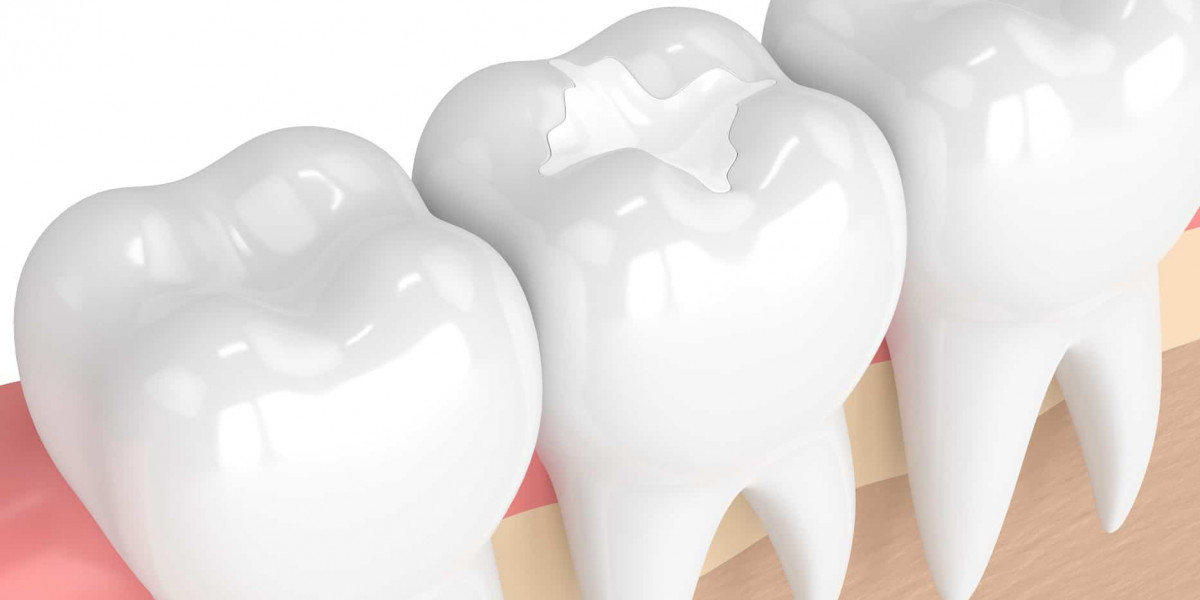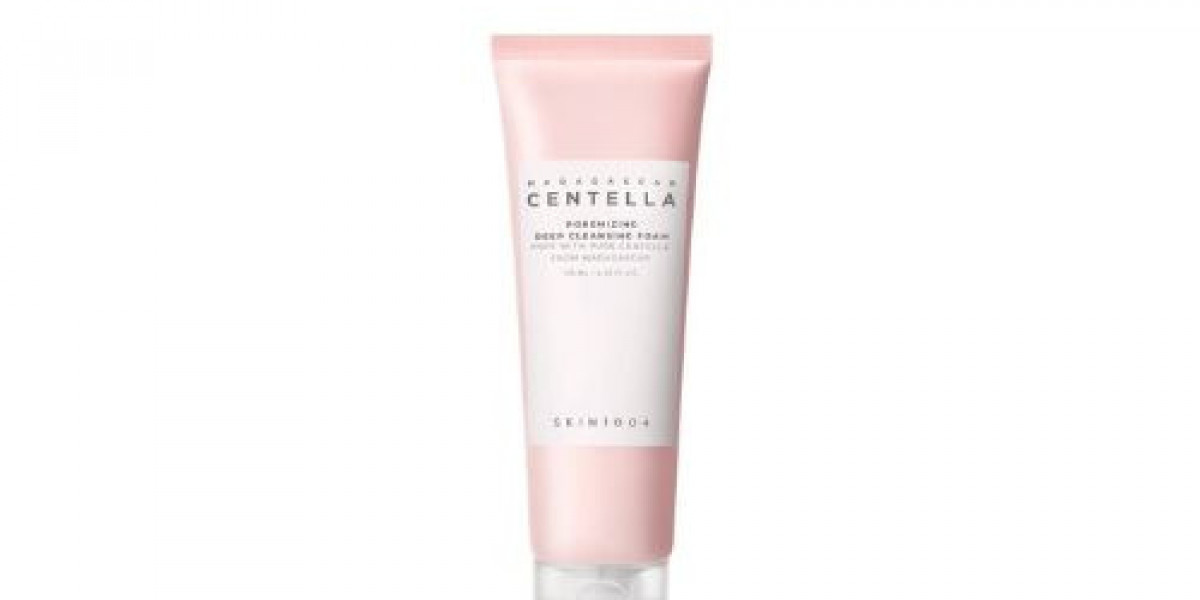The dental sealants market is poised for strong growth in the coming years, driven by increasing awareness of oral health, advancements in dental materials, and the rising prevalence of dental caries, particularly among children and adolescents. As one of the most effective preventive dental treatments, dental sealants are gaining widespread adoption as a cost-effective measure to protect teeth from decay and reduce the need for costly dental procedures in the future.
Dental sealants are thin coatings applied to the chewing surfaces of the molars and premolars, where cavities are most likely to form. The sealant acts as a barrier, preventing bacteria and food particles from getting trapped in the deep grooves of these teeth. This protective layer can significantly reduce the risk of tooth decay, especially in children, who are more susceptible to cavities due to factors like dietary habits and limited manual dexterity for proper brushing.
One of the key drivers of the dental sealants market is the rising prevalence of dental cavities, a global concern. Dental caries remain one of the most common chronic diseases worldwide, and untreated cavities can lead to more serious dental problems such as gum disease, tooth loss, and even systemic health issues. As a result, there is a growing emphasis on preventive measures to reduce the incidence of cavities, particularly in young children. Governments, health organizations, and dental associations around the world are increasingly advocating for preventive dental care, which includes the application of dental sealants.
Another major factor contributing to the growth of the market is the increasing focus on children's oral health. Studies show that children who receive dental sealants are less likely to develop cavities in their molars, which are the most vulnerable to decay. Many school-based dental programs have made dental sealants widely available to children at a young age, helping to establish a foundation for lifelong oral health. These initiatives are particularly important in low-income communities, where access to dental care is limited.
The dental sealants market is also benefiting from technological advancements in the materials used for sealants. Traditionally, dental sealants were made from resin-based materials that required light curing to harden. While effective, this process was time-consuming and could be uncomfortable for patients. Recent innovations have led to the development of more advanced sealant materials that are easier to apply, more durable, and more aesthetically pleasing. For instance, fluoride-releasing sealants offer additional benefits by helping to remineralize the enamel and further protect against decay. Other types of sealants now provide longer-lasting protection and are more resistant to wear and tear.
The growing awareness of cosmetic dentistry also plays a role in the rising adoption of dental sealants. Many adults are seeking ways to preserve the health and appearance of their teeth, which has contributed to the demand for preventive care products, including sealants. As people continue to place a high value on maintaining a beautiful smile, preventive solutions like dental sealants are becoming a more attractive option. Moreover, dental sealants are considered a non-invasive, painless procedure that requires no recovery time, which appeals to a broad range of patients.
Geographically, North America and Europe are the dominant markets for dental sealants, primarily due to well-established healthcare systems, higher disposable income, and strong public awareness campaigns about oral health. In these regions, dental sealants are widely accepted as part of standard preventive care, with both children and adults benefiting from their use. However, the Asia Pacific region is expected to witness the fastest growth in the coming years. Emerging economies in this region, such as India and China, are seeing increased awareness of dental health and an improving standard of living, which has led to greater adoption of preventive dental treatments. As access to dental care improves in these regions, the demand for dental sealants is expected to rise significantly.
The dental sealants market also faces certain challenges. One of the main barriers to widespread adoption, particularly in developing countries, is the cost of dental sealant applications. Although sealants are relatively inexpensive compared to other dental procedures, the cost can still be prohibitive for some individuals, particularly in low-income populations. Additionally, there are concerns about the longevity and effectiveness of dental sealants, particularly in adults and people with poor oral hygiene habits. However, ongoing research and development efforts aim to address these concerns by improving the durability and longevity of sealants, making them more appealing to a wider range of consumers.
The competitive landscape of the dental sealants market is characterized by the presence of several key players, including dental product manufacturers, technology developers, and healthcare providers. These companies are focusing on expanding their product offerings, enhancing the efficacy of sealants, and improving distribution channels to reach a larger audience. Partnerships with schools, health organizations, and government agencies are also common strategies to increase access to dental sealants.
In conclusion, the dental sealants market is expected to experience steady growth driven by the increasing emphasis on preventive oral care, technological advancements, and rising awareness of the benefits of sealant treatments. As more people recognize the importance of early intervention to protect against tooth decay, dental sealants will continue to play a crucial role in improving oral health worldwide. With continued innovation and increased access to affordable treatments, the outlook for the dental sealants market is positive, offering promising opportunities for both manufacturers and consumers.
read more:
| https://www.pristinemarketinsights.com/dental-sealants-market-report |








